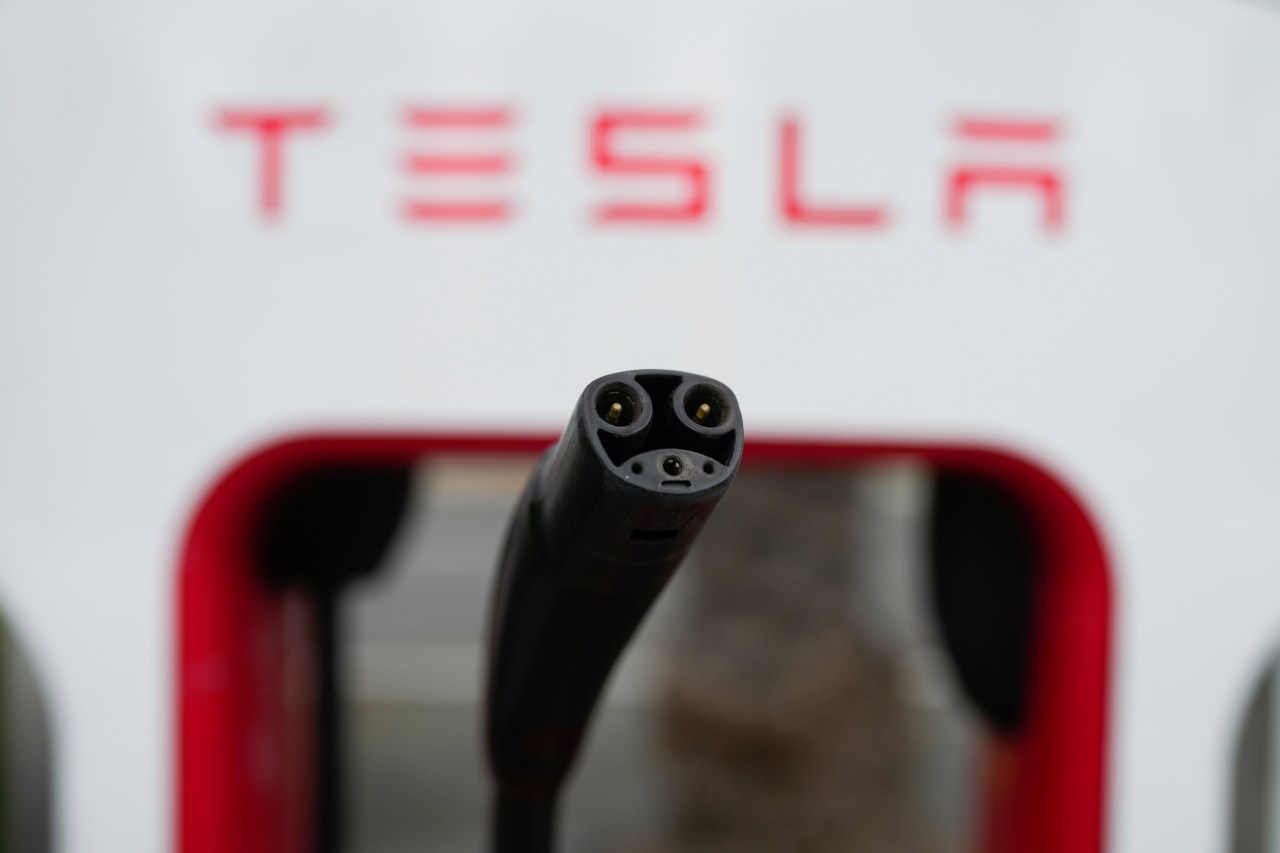Another reason we shouldn't have thrown the towel in on reliable hybrids. I'd LOVE to have one where on most days I'm on battery shooting around town running errands, then on road trips I kick over to ICE and apparently on super cold-snap days.
I just read a very good article on this issue.
Right now, plug-in hybrids are probably the best solution given current technological lmitiations.
However, the economics of them aren't great for the car companies:
The Hybrid-Car Dilemma
Americans are falling in love with hybrids. Why don’t car companies want to make them?
By
Patrick George
Illustration by The Atlantic. Sources: Getty.
DECEMBER 7, 2023
Michael Treiman is something of a professional electric-vehicle evangelist. As the vice president of sales for ChargeSmart EV—a company that sells electric charging stations, mostly to businesses and municipal offices—his job is to convince people that EVs are the future, and that it’s time to start planning for them. But on his personal time, you won’t find him in an electric car. Or, rather, a
fully electric car: He owns a 2022 Chrysler Pacifica plug-in hybrid. For his family of five, he told me, none of the few three-row electric SUVs for sale right now can match what the hybrid minivan can do. With the Pacifica’s small battery that powers the car for short trips and boosts its MPG, “we have gotten over 1,500 miles out of a single tank of gas,” he said.
The humble hybrid is having a moment. While this year is shaping up to be
the biggest year for EV sales America has ever seen, it has also been marred by
staggering production challenges and uneven demand from consumers. Americans are still wary of electric vehicles’ higher prices, limited battery ranges, and
inadequate local charging infrastructure. As a result, some carmakers are
dialing back their electric sales goals, battery-plant plans, and even the
tough love they once had for car dealers reluctant to go all-in on EVs. Meanwhile, hybrid sales are growing at a rate that slightly
outpaces EV growth,
according to the U.S. Energy Information Administration. Hybrids now make up nearly 10 percent of new car sales, a proportion that’s more than doubled since 2020. Unlike EVs, hybrids burn gasoline and create tailpipe emissions, but they generally create far less tailpipe pollution than their purely gas counterparts. The latest Toyota Sienna minivan, for example, comes only in hybrid form and
has nearly half the CO2 emissions of its non-hybrid predecessor.
Given this surge in popularity, you might think that every carmaker would be eager to offer more hybrids to customers who are looking to lower their carbon footprint but who feel unable to make the full leap to EVs. Nope. Enter what you might call the hybrid dilemma. Faced with enormous costs pivoting their businesses to make EVs, strong sales for gas cars, and shareholders who demand profitability, the auto industry can’t decide whether hybrids are a bridge to an all-electric future or a dead end. At some point, Americans may still want hybrids while carmakers have already moved beyond them.
The problem carmakers face is that hybrids involve all the complexities of internal combustion and battery power put together. Building them “takes a lot of time and a lot of money,” Sam Fiorani, the vice president of the industry research firm AutoForecast Solutions, told me, “but a lot of their money is focused on electrifying vehicles. Diverting some of that money back into hybrid powertrains slows your transition to where you ultimately want to be.” In 2021, General Motors alone announced
a $35 billion investment into electric- and autonomous-vehicle development, including new plants to make EV batteries. That’s more than three times
the profit it made in 2022. When you’re staring down such monumental costs and the eventual death of internal combustion, why spend money to develop and build hybrids that still need gas engines when you can put all those resources into EVs instead?
Carmakers have varying levels of commitment to an all-electric future, yet there’s somehow even less industry consensus about hybrid cars. Some hybrids work in much the same way as the original Toyota Prius from 20 years ago, combining a traditional gas engine with an electric motor. Others, like Treiman’s Chrysler Pacifica, can plug in to charge just like an EV, further limiting their gas usage. Take Ford, which recently dialed
back its EV production goals and is focusing more on hybrids. Ford is doubling the production of its hybrid model F-150, for example, which is proving to be more popular than its fully electric sibling. Then there’s Stellantis, the parent company of brands including Jeep and Ram, which builds
America’s best-selling plug-in hybrid car while also offering some EVs. The hybrid champion is still Toyota; it recently announced that
the ubiquitous Camry sedan would soon be offered only as a hybrid as the company moves to basically hybridize its entire lineup of cars.
But GM’s CEO, Mary Barra, has said
the plan is to skip a “half step” and bypass hybrids entirely to go straight to EVs. Volkswagen has been similarly reticent on the hybrid front and is still
debating whether to sell them again in America. After discontinuing one hybrid recently,
Subaru is set to offer just a single other option, the upcoming Forester hybrid, but that
won’t even be on sale until 2025. Mazda’s sole hybrid option is a large SUV that starts at nearly $50,000, nearly double the price of the cheapest new Toyota Prius. Even Honda, another pioneer in the hybrid space, is down to two hybrid models, though a third is coming soon.
Caught in the middle are consumers who just want to save money on gas, but perhaps have fears about going fully electric or can’t stomach the cost of EVs. Rob Einaudi, an entrepreneur in Bellingham, Washington, told me he’d only want to lease, rather than buy, an EV right now, given how quickly everything from their range to
what charging port they use is changing. “You don’t want to be caught with old technology,” he said. Part of the challenge here is that Americans have a bad habit of making choices about a car that might last a decade-plus based on costs at the pump that definitely won’t last that long. (The total number of hybrid models available actually dipped in the mid-2010s
as gas prices went down, and only in recent years has started to rise again.)

 wgntv.com
wgntv.com

 wgntv.com
wgntv.com



